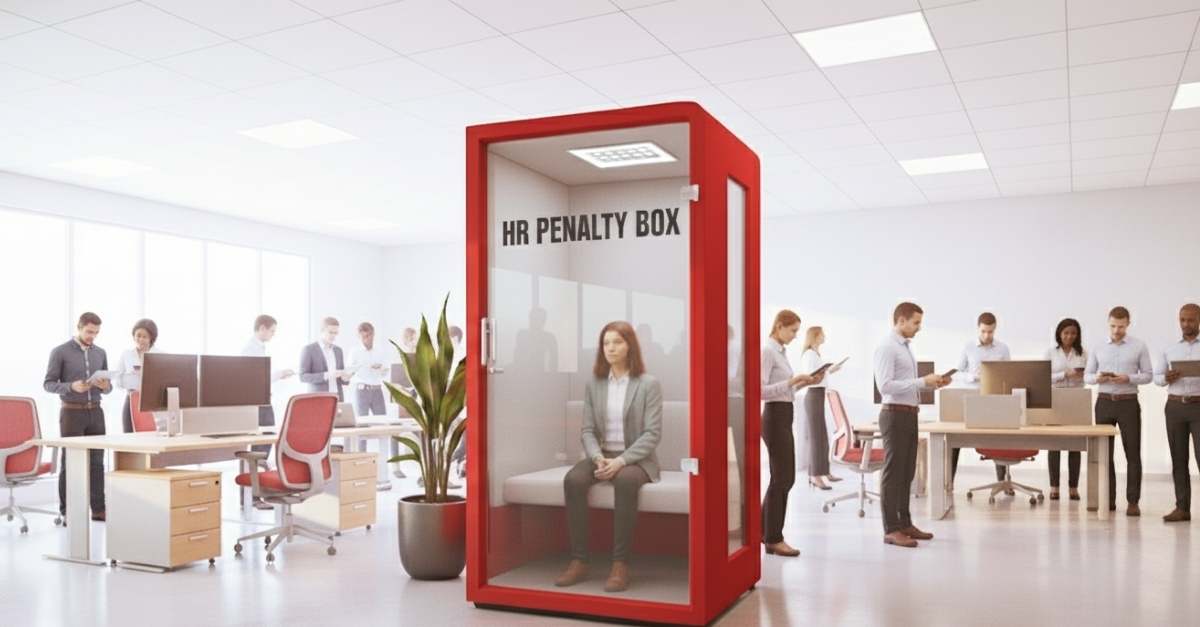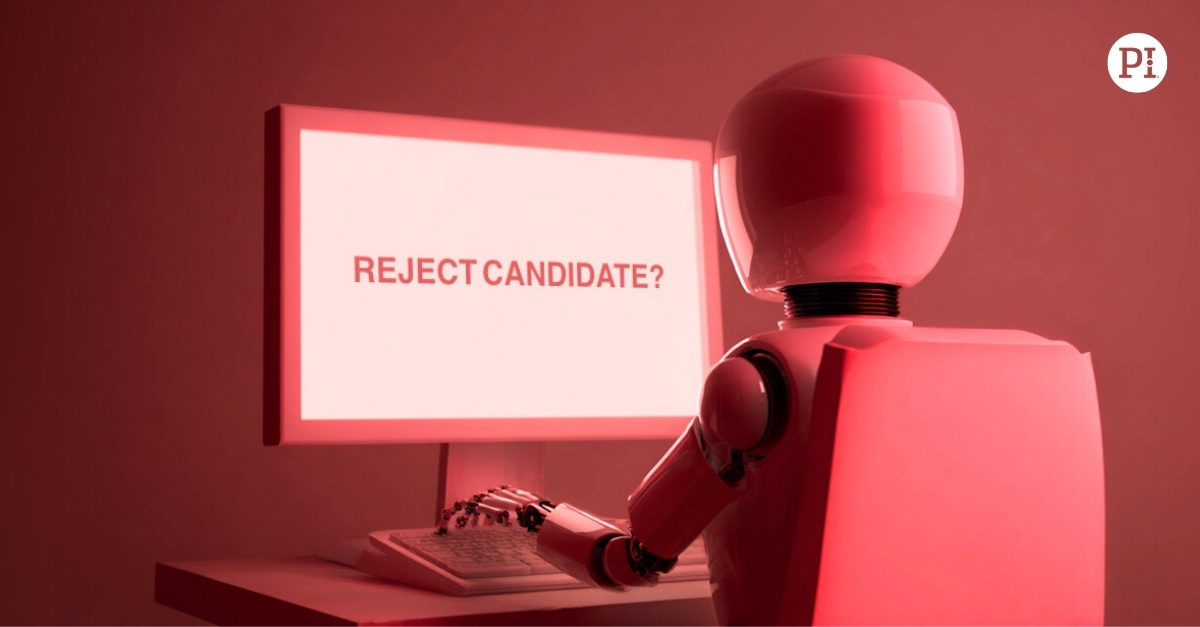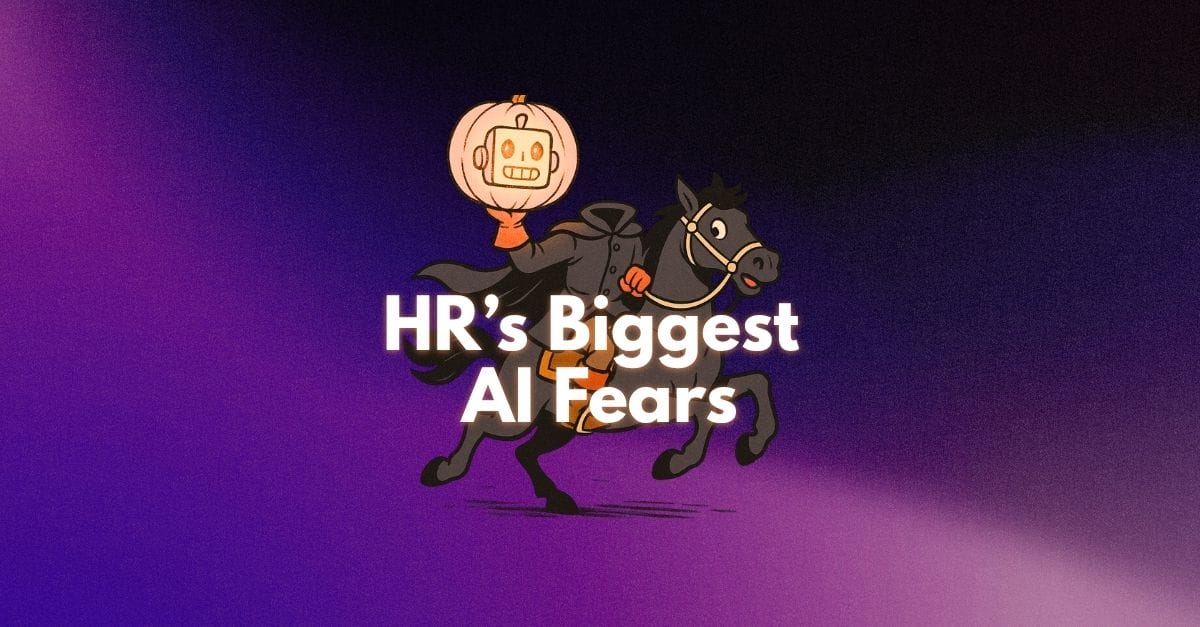You might remember my last confessional (Reflections of a Hiring Manager), and while I’ve learned my lesson on hiring, I’m now knee-deep in something new: leading a team of marketers through the chaos of AI adoption.
Experts like to frame AI rollout as a tidy, step-by-step process: train the team, flip the switch, watch productivity soar. But the reality? It’s been far messier.
And before you ask: no, it’s not a phase. That last confessional was my “Eras Tour”—all reflections, lessons learned, and clean edits. This one? This is my full-blown emo phase.
The Gap Between Strategy and Reality
Here’s what your managers aren’t telling you: while you are carefully architecting AI governance frameworks and change management plans, their teams are already three tools deep in experimentation.
They are comparing ChatGPT to Claude, piloting vendor AI features you didn’t know existed, and moving faster than any rollout timeline you thought you had time to draft.
The gap between your strategic plan and their ground-level reality is wider than you think.
If you’re wondering whether this is just happening in rogue departments with loose oversight, let me introduce myself: I’m a marketing director who thought I had a handle on my team’s AI workflow. Turns out, I was the last to know they’d already chosen their tools of choice.
Confession: My Team Beat Me to It
Let’s be honest. How many marketers do you know who wait for permission before trying a new tool? (Okay, maybe a few, but my team has been managed by a Venturer for years now.)

The reality is my team started experimenting with AI long before we ever talked about it at the leadership level.
While I was just dipping my toes into ChatGPT for internal comms, they were already cross-referencing outputs between ChatGPT, Claude, and Gemini. They were piloting in-platform AI tools from vendors I didn’t even realize offered them.
The Myth of the “AI Rollout”
In classic corporate America fashion, AI “rollout” plans usually sound something like this:
- Strategically Define Objectives and Scope
- Pilot and Validate the Solutions
- Scale with Governance and Change Management
It’s neat. It’s polished. It looks great on a slide deck.
But when we talk to employees being asked to adopt AI tools, 43% say their input doesn’t actually shape how AI gets adopted at their companies. So, are employees not being asked? Or are they already further ahead in adoption than leadership realizes?

My hunch is that while companies are planning for a strategic rollout, grassroots experimentation is already well underway.
This puts me in a pickle. As a Director, I know a rapid AI rollout triggers a healthy dose of anxiety for my partners in Security, Legal, and HR. But here is the irony: The same fear that slows down leadership often shows up as curiosity in employees. And that curiosity moves faster than any change management plan.
Action Precedes Motivation
My behavioral profile makes me unafraid to assume risk when it’s needed. Nothing gives me more agita than watching my team feel blocked or stale. I refuse to let fear or process freeze progress.

Give your managers the tools to become outstanding leaders.
The best managers are developed and equipped with the right tools to help them grow—to navigate difficult conversations and support the growth of those around them. Strengthen your management and strengthen your business with PI for managers.
With a few smart guardrails in place, I’m willing to take on the risk that comes with experimentation. I’ve seen firsthand that taking action isn’t just productive; it’s motivating.
Still, even “Venturers” need a boundary check. Freedom only works when it’s paired with alignment. And that’s where HR comes in.
HR’s Unexpected Role in the AI Era
Who knew it would take AI to finally give HR the strategic seat they’ve always deserved? (Seriously, why do we always wait for a crisis- like remote work- to loop them in?)
As teams everywhere wrestle with AI adoption, HR is stepping up as the steady hand guiding how we train, communicate, and build trust. Consider this: 68% of employees want AI training more than job guarantees. That’s telling. Training builds confidence; confidence fuels experimentation; experimentation drives adoption.
That’s why I anchor myself to three core principles from Work Redefined: HR’s Playbook for the AI Era:
1. Upskill Early: Offer Resources Before You Expect Expertise
The joke was on me here—the team learned way quicker than I did! But want to know a secret? I love being the one on my team who knows the least and gets to learn from them.
Their energy to explore new tools sparked my own motivation to keep up. Turns out, curiosity is contagious.
2. Unify Through Culture: Lean Into AI as a Connector
Celebrate experimentation, celebrate learning, and celebrate the “messy middle.”
When we build a culture of “none of us know how this works, so let’s all go play around and see what we can do,” the results are incredible. It levels the playing field. Here at PI, we even spun up a company-wide Slack channel for questions, ideas, and news. The result? It brought the excitement and hesitation out into the open—exactly where it should be.
3. Lead With Trust: Focus on Transparency Over Promises
I’ll admit it—I sometimes get so focused on what’s next that I forget how real the fear factor of AI can feel. My job isn’t to promise that every role is safe forever. It’s to help people grow and build skills that serve them well into the future.
The fear of job loss to AI isn’t irrational—it’s human. Luckily, our HR leadership has been a steady partner, helping us craft talk tracks that align with the company’s direction. One conversation stuck with me when our HR leader reframed the whole narrative:
“AI gives us the chance to work more efficiently, to offload tedious recurring tasks, and to open up space for creativity and strategic thinking.”
That perspective changed everything. This isn’t about replacing people—it’s about helping them find their next era.
The Bottom Line
When we take thoughtful action—experimenting, aligning, learning—we create momentum that keeps people engaged and businesses moving forward. With HR as a partner, those actions don’t just spark motivation; they build trust.
So what?
- AI adoption isn’t a rollout, it’s a ripple.
- Teams don’t need permission to innovate; they need psychological safety.
- HR’s involvement isn’t red tape, it’s alignment.
- Guardrails and freedom aren’t opposites; they are how you build sustainable innovation.
And if you’re lucky, your team will outsmart you, too.
If you’re really smart, you’ll let them.
Because this isn’t just a phase. It’s the next era of work, and we’re all learning how to play it in real time.

This is HR’s moment to emphasize people strategy.
Check out our latest eBook – HR’s playbook for the AI era – and help ensure the human impact of AI rollout isn’t overlooked.








